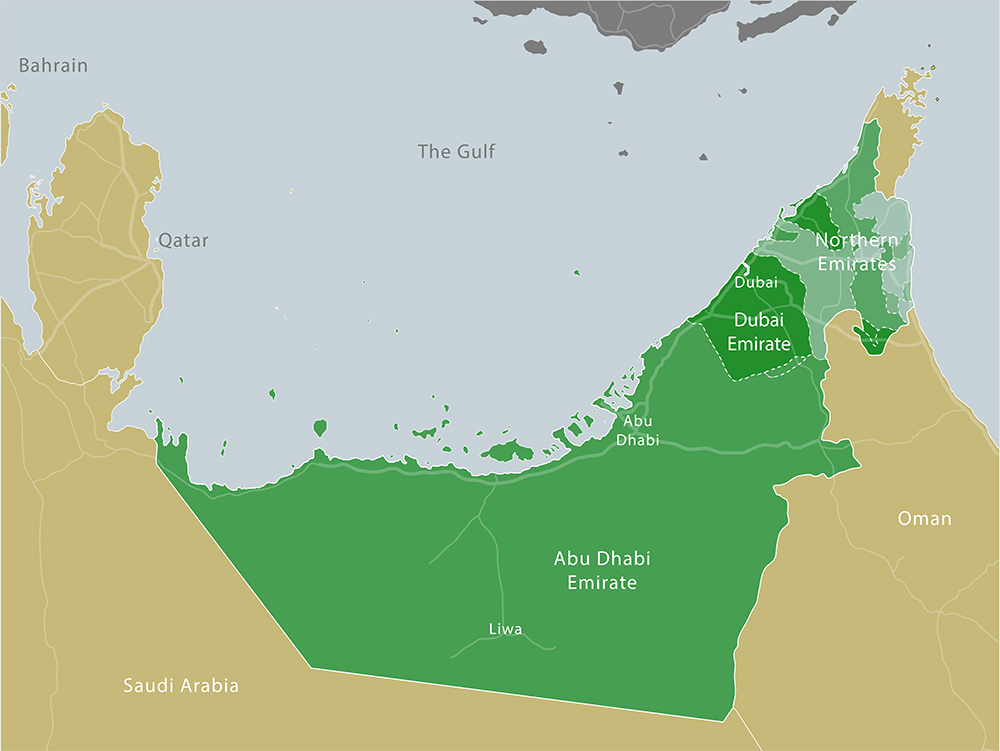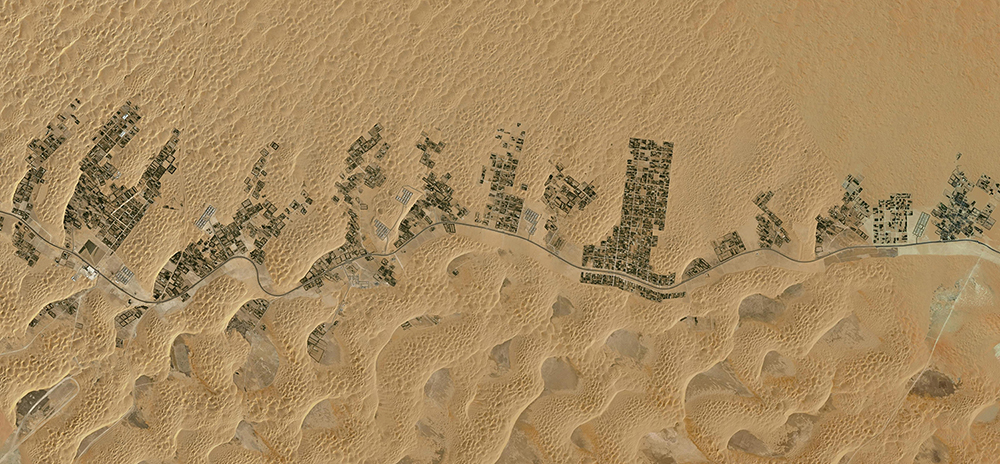Karim Elgendy
In the western context, notions of sustainable development often refer to the need to adjust existing economic models in order to maintain better balances between economic growth and social needs, while protecting local ecologies and reducing the negative impact of growth on the global environment.
In the developing world, however, sustainable development takes on a rather different meaning. With the agendas of developing nations focused on addressing basic developmental challenges such as economic growth, water scarcity, food security, and health, other environmental and social aspects are considered secondary at best and for the most part a luxury that a developing nation cannot afford.

The Environment and the Middle East – Pathways to Sustainability – Volume 1.
In the absence of functioning economic models in the developing world, sustainable development here is not about adjustments to maintain balances. Instead, it is about using this economical tabula rasa to build the foundations of a new economic model in which sustainability and the environment are integral. One of these economical foundations is the built environment.
The built environment of our cities plays a major role in shaping the way we live and work, and given its relatively long lifespan its impact is long lasting. Our buildings determine how much energy we use to maintain thermal comfort while our infrastructures determine how much energy we need for transportation. It is estimated that 40% of carbon emissions worldwide is produced from the occupation of buildings with at least a portion of transportation’s 20% share being a consequence of the way our cities are planned.
Our built environment also influences our impact on the local environment as well as our collective health and wellbeing. Thus, as the cities of the developing world continue to grow, they continue to make decisions about the direction their development takes.
In the Middle East, the role of the built environment is becoming more pronounced as the region continues to experience rapid population increases and urbanization. Increased urban densities together with the rise of consumerism, have not only led to an increase in environmental degradation locally, but they have also meant that the region’s traditionally low energy use — and consequently carbon emissions– are set to rise and to play a larger role in global climate change.
But embracing sustainable development in the Middle East faces many challenges which prevent it from becoming part of the region’s development framework and its building industry practices.
Continue reading Sustainable Development and the Built Environment in the Middle East: Challenges and Opportunities





